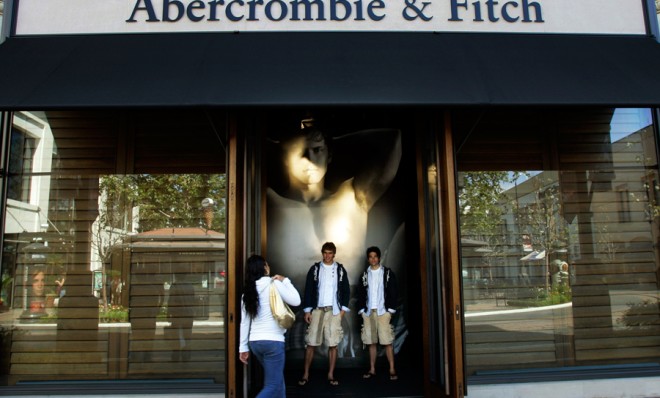3 crazy workplace dress codes
If a soul patch is your thing, then we recommend you read on

Earlier this month, Newsweek employees got a surprise when they officially joined their new parent company, International Business Times: The IBT Employee Handbook, complete with an aggressive corporate dress code.
These journalists — a group normally known for their coffee-stained shirts, and schlubby personal style — were now prohibited from wearing jeans, sneakers, sandals, flip-flops, t-shirts, halter tops, camisoles, tank tops, baseball caps, shorts, or "anything else that is deemed unprofessional or excessively distracting."
In addition, "shaggy, messy, and neglected hair is not permissible regardless of length," and all tresses must be "of natural color."
The Week
Escape your echo chamber. Get the facts behind the news, plus analysis from multiple perspectives.

Sign up for The Week's Free Newsletters
From our morning news briefing to a weekly Good News Newsletter, get the best of The Week delivered directly to your inbox.
From our morning news briefing to a weekly Good News Newsletter, get the best of The Week delivered directly to your inbox.
For those who doubted the seriousness of the new rules, the handbook also warned that "any employee who repeatedly violates this policy will be subject to progressive disciplinary action, up to and including suspension without pay and/or discharge."
The handbook, which was leaked to Politico last week, was not a hit with the media, which quickly latched on to IBT's old-school helicopter management style. The New York Post called it an "outdated dress code for a new media company."
And it's true: In the last decade, office dress has moved past a conservative Wall Street vibe, and toward a Silicon Valley, anything-goes aesthetic. The '80s was the era of power suits; this is the age of Mark Zuckerberg's hoodie.
That said, the corporate world is still filled with examples of fastidious dress codes — some conservative and outdated, some just kind of weird. Here are three:
A free daily email with the biggest news stories of the day – and the best features from TheWeek.com
Walt Disney
Walt Disney has long had one of the strictest dress codes in corporate America. When Disneyland opened in 1955, Mr. Disney himself banned male employees from having facial hair. It wasn't until 2000 that men were allowed to start sporting mustaches, and in 2012 beards and goatees got the green light, too, as long as they were clipped to less than a quarter of an inch.
Soul patches, meanwhile, are still prohibited.
Abercrombie & Fitch
Following two discrimination law suits, Abercrombie changed its rules last week to allow employees to wear head scarves for religious reasons. But the company's strict "style guide" for retail employees remains. If you're going to wear a denim shirt, for example, you must pop the collar and unbutton the top three buttons. If a woven shirt under a sweater is more your look, the sleeve should be cuffed at half an inch and slightly visible.
Also, "flip-flops look great with any look," and shirts should get an "easy side-tuck" or and "easy front-tuck."
UBS
In 2010, the Swiss bank UBS sent its employees a 43-page handbook detailing how to dress to impress customers. Beyond the basic "no short skirts" policy for women, the handbook was very specific about the importance of wearing makeup. "Light makeup consisting of foundation, mascara, and discreet lipstick … will enhance your personality," the handbook said, adding that women should not wear black nail polish and nail art.
And "the hair-care section notes studies have shown that properly cared-for hair and a stylish haircut 'increase an individual’s popularity,'" said The Wall Street Journal. Way to spell it out.
Carmel Lobello is the business editor at TheWeek.com. Previously, she was an editor at DeathandTaxesMag.com.
-
 Political cartoons for December 20
Political cartoons for December 20Cartoons Saturday’s political cartoons include drowning rats, the ACA, and more
-
 5 fairly vain cartoons about Vanity Fair’s interviews with Susie Wiles
5 fairly vain cartoons about Vanity Fair’s interviews with Susie WilesCartoon Artists take on demolition derby, alcoholic personality, and more
-
 Joanna Trollope: novelist who had a No. 1 bestseller with The Rector’s Wife
Joanna Trollope: novelist who had a No. 1 bestseller with The Rector’s WifeIn the Spotlight Trollope found fame with intelligent novels about the dramas and dilemmas of modern women